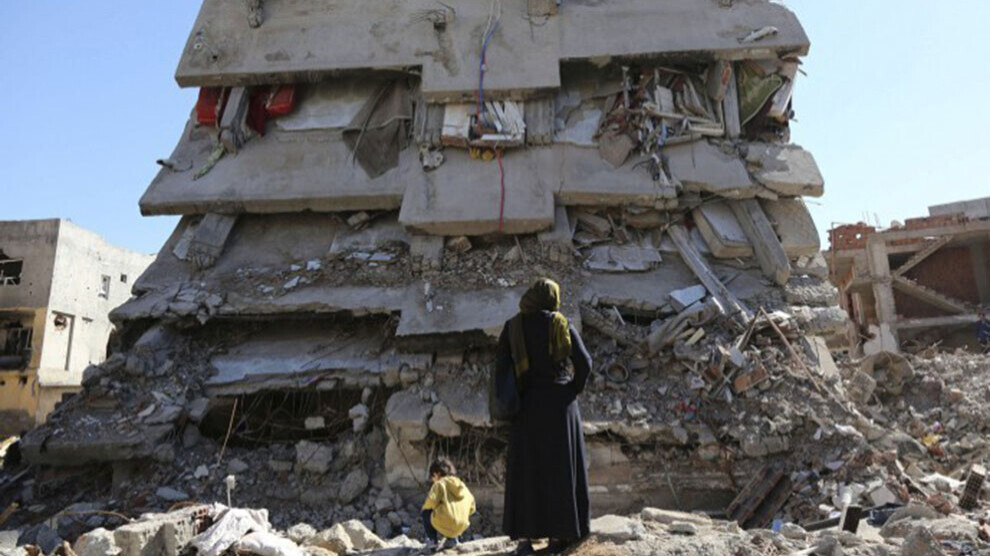The wounds of the Cizre massacre are still open
At least 288 people lost their life during the curfew in the northern Kurdish city of Cizre in 2015 and 2016. The bodies of 14 people are still missing.
At least 288 people lost their life during the curfew in the northern Kurdish city of Cizre in 2015 and 2016. The bodies of 14 people are still missing.

The wounds opened by the destruction of large parts of Cizre in Northern Kurdistan continues to bleed after five years.
At least 288 people lost their life during the 79-day curfew from 14 December 2015 to 2 March 2016. Many were killed directly by the security forces, while others lost their life because the curfew prevented them from being taken to hospital.
Eleven settlements and the city of 131,000 people were cordoned off and power, internet and telephone connections were cut. Teachers and officials were sent on indefinite leave before the curfew began. Tanks and howitzers were deployed on the elevations in the city, from which the districts of Cudi, Nur, Sur and Yafes were fired upon.
The city's residents were no longer allowed to meet their daily needs. People who just went to fetch water were targeted and shot by regime snipers. By the 20th day of the siege, there were around 120,000 people in the city. In the days that followed, residents were forcibly driven out of their homes and the homes became a battlefield for the military.
The death cellars of Cizre
According to reports by human rights organizations, at least 177 people were burned or shot dead by security forces in the “death cellars of Cizre”. In total, at least 288 people died. While those seeking refuge in some basements were burned when the military poured gasoline into the crowded basements, Turkish troops stormed other basements and shot those present before burning them. The bodies of 14 people killed in the death cellars of Cizre are still missing.
The missing people are Feride Yıldız, Mardin Çelebi, Hacer Aslan, Osman Gökhan, Hüseyin Derviş, Servet Aslan, Idris Susin, Ali Aslan, Cemal Pürlek, Emrah Aşkan, Osman Esmeray, Mustafa Keçanlu, Emrah Aşkınş. Seven of them are said to have been buried in anonymous cemeteries in other cities.
110,000 people displaced
The worst damage was done in the districts of Cudi, Yafes, Sur and Nur. 80 percent of these areas were razed to the ground. 500 buildings were completely destroyed and 2,000 houses were badly damaged. After 20 days, 110,000 people were forcibly evicted from the city. Thereupon the destruction was extended, 500 more houses were demolished by the state building authority TOKI. The old buildings were destroyed and 6,500 apartments were built in prefabricated buildings controlled by the military.
Investigations into 121 deaths are delayed
Although five years have passed, there has been no progress in the investigation into the deaths of 121 people. 83 of the proceedings were closed. Of these 83, 51 cases were brought before the Constitutional Court. Another four proceedings were frozen and a decision on “non-jurisdiction” was given to 34 proceedings.